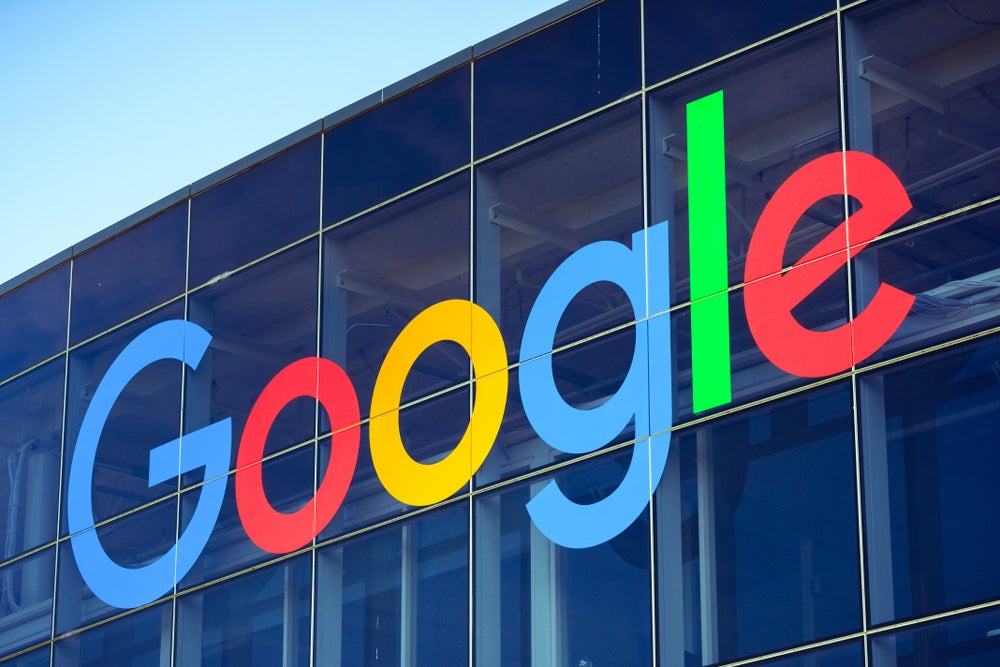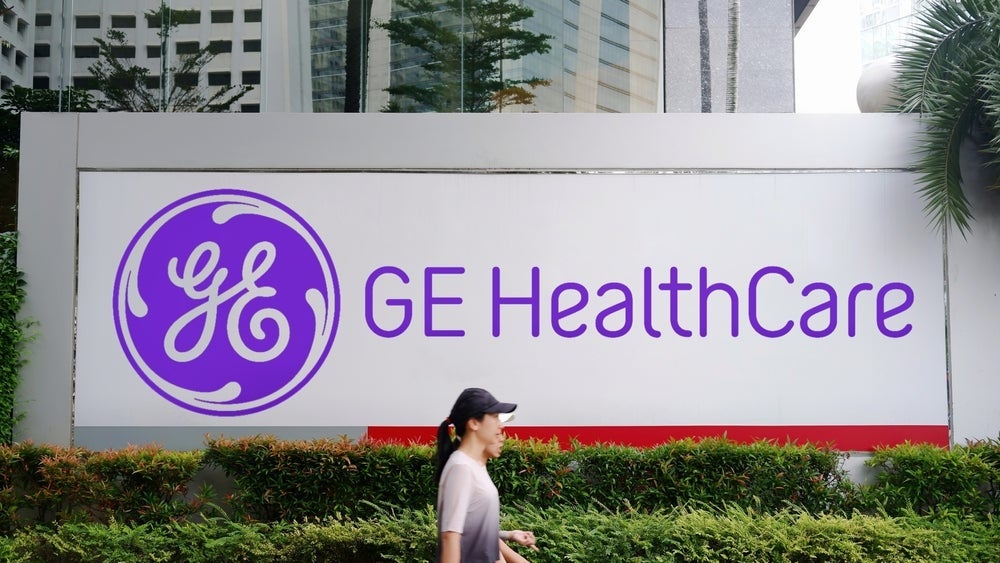
Google announced today (June 14) that it has added to the company’s growing arsenal of artificial intelligence (AI)-driven video ad solutions, by introducing its Demand Gen and Video View campaigns. Both tools are said to help marketers connect with the right audience, driving demand from consumer prospects through to purchase.
The company already uses AI extensively across its advertisement product portfolio, from Performance Max and Smart Bidding through to automatically created assets (ACA) for ad search.
Demand Gen campaigns promise to integrate brands’ best-performing video and image assets across Google’s visual and entertainment-focused platforms, such as YouTube, YouTube Shorts, Discover and Gmail, which reach a collective audience of over three billion monthly users.
Demand Gen also promises to make it easier for marketers to see previews of their Google Ad image and video assets before they run.
Furthermore, Demand Gen uses AI to pair tailored creatives with lookalike segments based on brands’ audience lists. Advertisers can thereby drive conversions with existing customers or generate new demand by attracting new lookalike audiences with special offers.
Video View campaigns promise to maximise views across various formats within a single campaign, delivering 40% more views than in-stream skippable cost-per-view (CPV) campaigns, according to Google’s early testing results.
How well do you really know your competitors?
Access the most comprehensive Company Profiles on the market, powered by GlobalData. Save hours of research. Gain competitive edge.

Thank you!
Your download email will arrive shortly
Not ready to buy yet? Download a free sample
We are confident about the unique quality of our Company Profiles. However, we want you to make the most beneficial decision for your business, so we offer a free sample that you can download by submitting the below form
By GlobalDataSamsung Germany, one of the tool’s early users, reportedly saw great success with the new Video View campaigns over the 2022 Christmas holiday period, achieving 94% incremental reach (that is, the total additional users reached in a given time period who weren’t served an ad during any previous increment of time).
Google’s ad revenue is falling
In the final quarter of last year, Google’s advertising revenue slipped 4%, leaving its parent company, Alphabet, with total revenue growth of just 1%.
According to Alphabet’s earnings report, it shrunk again for the second consecutive quarter in Q1 2023, reflecting a slowdown on YouTube and wider macroeconomic pressures. The drop in total ad revenue is small – $54.55bn in Q1 2023 compared to $53.66bn in Q2 2023. YouTube ad revenue, however, has dropped 3% year-on-year to $6.69bn.
With these new video-first AI tools, Google is betting on the popularity of short-form video content and generative AI to reinvigorate its ad growth.







